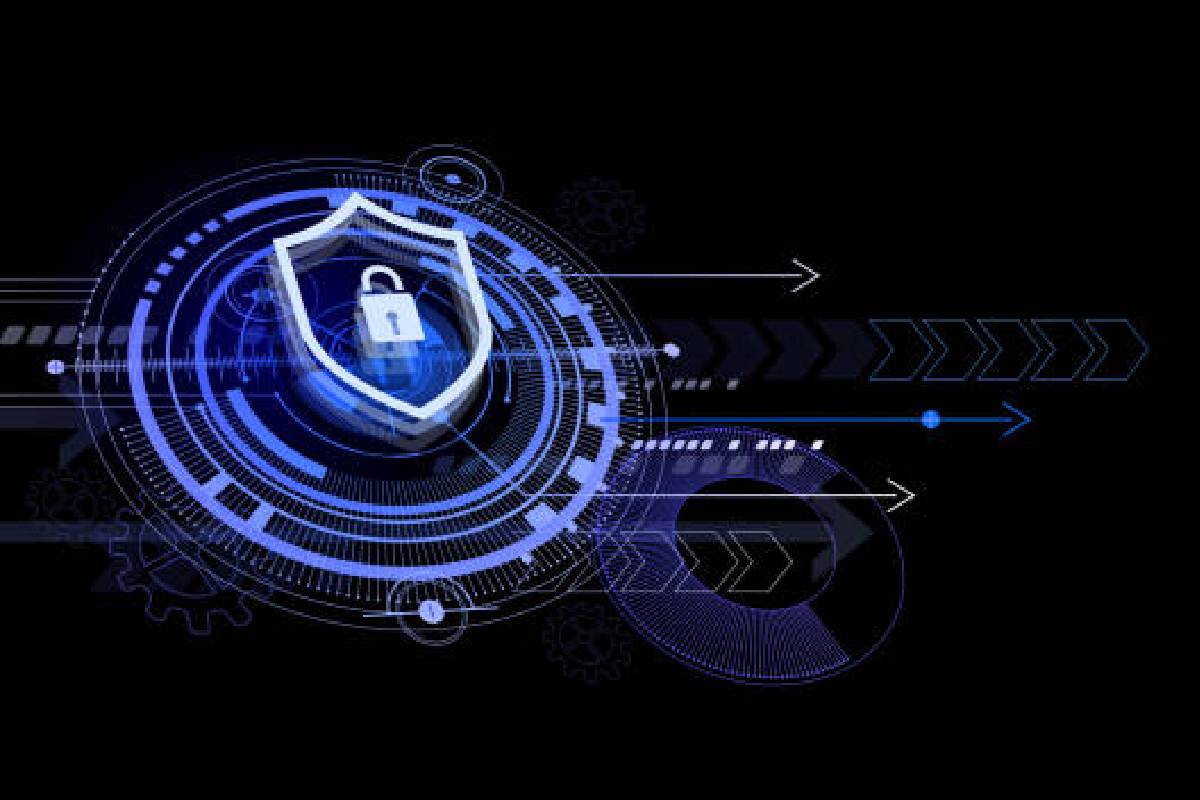Every October is designated as Cybersecurity Awareness Month. This year, the National Cybersecurity Alliance (NCA) and the CISA, the two organizations in charge of the global campaign, are emphasizing four crucial steps that anyone can take to protect themselves from online threats better.
Four Steps Of Cybersecurity
We’ll talk about the four phases and why they’re essential. As well as offers some helpful advice that small and medium business owners can use to ensure that their enterprises and personnel are safeguarded.
Step # 1 Recognize and Report Phishing
Phishing is a cyberattack in which the attacker tries to persuade a victim into doing an inappropriate action. It includes clicking on a malicious link or disclosing their username and password.
It poses a severe threat to enterprises. One tiny error by an employee could lead to installing malicious software on corporate computers. It results in losing valuable company and consumer data and many other serious cybersecurity issues.
Employees can be trained to spot phishing scams such as:
- A sense of urgency or threats, such as “Your account will be closed in 24 hours if you don’t click this button.”
- Untrustworthy email addresses — It’s a significant red flag if an email purports to be from a specific organization but the email address domain omits the company name.
- suspicious connections — Email attachments from cybercriminals frequently contain files that, when opened, install dangerous malware.
- Unusual requests — Emails that appear out of the blue and ask for money or personal information are almost always phishing scams.
Faults in grammar and spelling. - Security software should be deployed to ensure that all staff knows the typical warning signals of phishing schemes.
Step # 2. Software Updates
It is crucial to ensure that all company computers regularly update their operating systems and apps to the most recent versions. Software upgrades frequently include remedies for known security flaws. Using outdated software tremendously facilitates cybercriminals’ ability to take advantage of a computer or system.
If your company has a limited number of employees, ensure they understand the significance of installing the most recent software updates. Periodically remind them to check for new ones. If that isn’t feasible, you may hire someone to handle IT-related difficulties or assign this duty to existing, tech-savvy staff.
Step #3. Use Strong Password
Cybercriminals can instantaneously break a 10-character password made up of numbers using password-hacking software. It would take 200 million years to break a 14-character password composed of a combination of numbers, capital and lowercase characters, and symbols (@,%, &, etc.).
But because it’s hard to remember complicated passwords, it might be challenging to resist the urge to use poor passwords. Wouldn’t it be nice if there were a simple way to generate secure, difficult-to-crack, and memorable passwords? There is! Songs, poetry, and other memorable texts can generate secure passwords by substituting letters, and, and other symbols for words and/or letters.
For your staff, you ought to think about getting a password manager. Every employee can have different, solid passwords for every account without having to remember them. All thanks to password managers’ automatic generation and storage of secure passwords. Several password management services sell licences made especially for small and medium organizations.
Step #4. Switch on multi-factor authentication
Multi-factor authentication (MFA), also known as two-factor authentication (2FA), strengthens account security by forcing users to enter two pieces of information to log in.
Usual login procedures call for a username and password, with the password as the first form of identification. However, MFA needs users to supply an additional element to support their identity, such as a code texted to a reliable phone number.
There are several popular authentication techniques for MFA, such as SMS verification, email verification, and authenticator apps. Whichever authentication technique is employed, account security has significantly improved.

